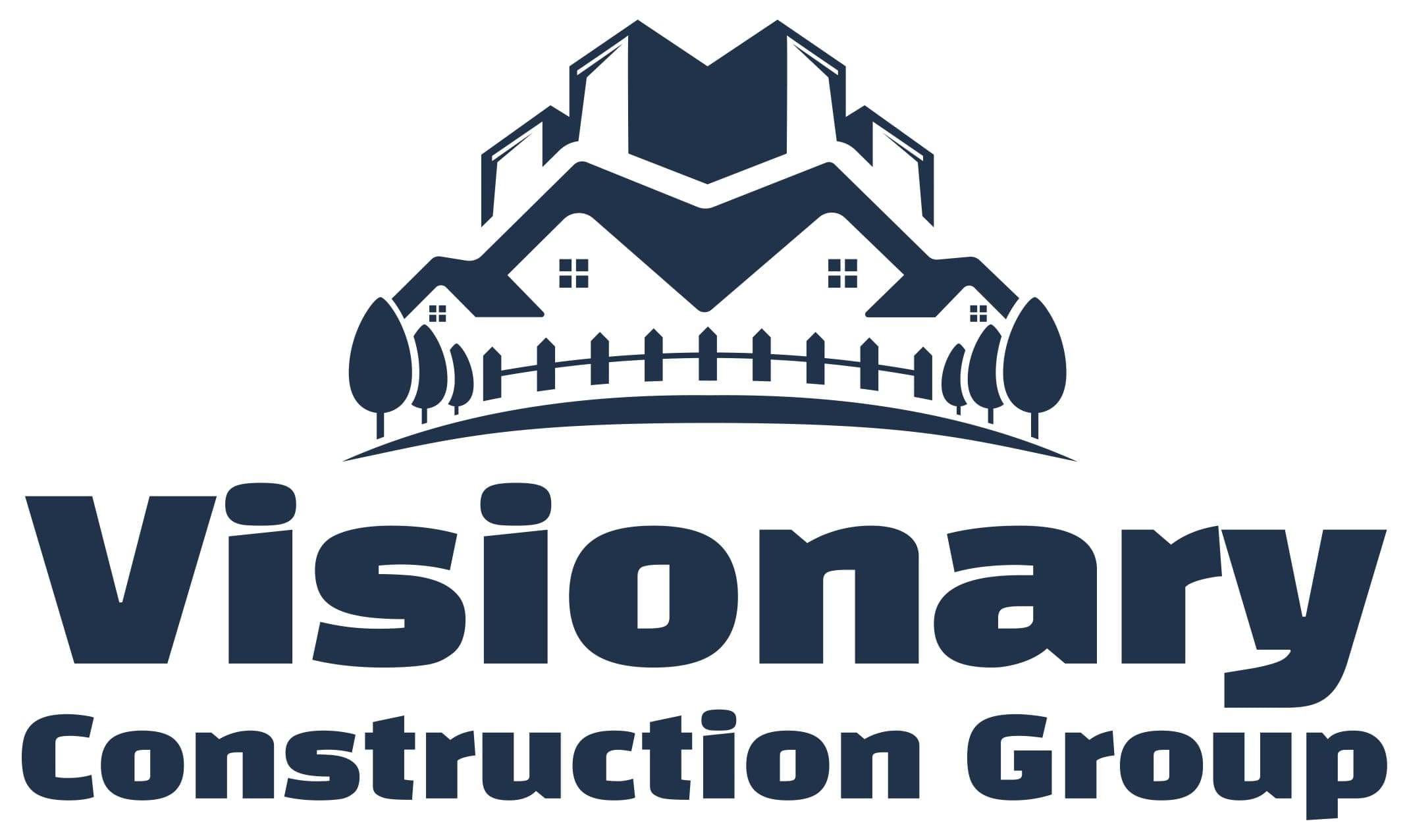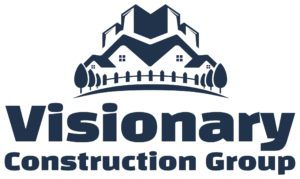In today’s architectural landscape, balancing tradition with innovation is both a challenge and an opportunity. Whether rebuilding a historic home or modernizing an older structure, the tension between preserving the past and embracing the future is palpable. This balance requires a delicate touch, where every design decision must respect the original character of the building while incorporating modern conveniences and sustainable practices. This guide will explore achieving harmony between tradition and innovation in modern rebuilds.
Understanding the Importance of Tradition in Rebuilds
Preserving Historical and Cultural Significance
Tradition in architecture is more than just a style; it’s a link to the past, carrying historical and cultural significance. Whether it’s a family home with generations of memories or a building that contributes to the historical fabric of a community, preserving these elements in a rebuild honors the past and maintains the building’s identity.
Maintaining Architectural Integrity
Architectural integrity refers to preserving a building’s original design and structure. This can involve retaining unique architectural features, such as ornate moldings, woodwork, or period-specific details, providing continuity and respect for the building’s original intent. Maintaining this integrity is crucial when modernizing a space, ensuring that updates stay within the building’s historical value.
The Role of Innovation in Modern Rebuilds
Incorporating Sustainable Practices
Innovation in rebuilds often comes through sustainability. Modern rebuilding practices prioritize energy efficiency, reducing environmental impact, and using sustainable materials. This shift reflects current values and prepares the building for the future, ensuring it remains functional and relevant for years.
Leveraging Smart Technology in Design
In today’s world, technology plays a pivotal role in modern rebuilds. From smart home systems that enhance convenience and security to energy-efficient HVAC systems, integrating technology into a traditional structure can significantly improve its functionality. The challenge lies in doing so without overshadowing the building’s historical aspects.
Strategies for Balancing Tradition and Innovation
Identifying Core Traditional Elements to Preserve
One of the first steps in balancing tradition and innovation is identifying which traditional elements are essential to preserve. This could be anything from the overall architectural style to specific features like windows, doors, or decorative elements.
Evaluating Architectural Features Worth Saving
Not all traditional elements must be preserved, so evaluating which features are most significant is essential. Features contributing to the building’s character or historical significance should be prioritized, while less critical elements may be adapted or replaced.
Preserving Historical Artifacts and Materials
Incorporating original materials and artifacts into the rebuild can maintain a solid connection to the past. Whether reusing bricks, restoring woodwork, or preserving old fixtures, these elements add authenticity to the project.
Integrating Modern Design Without Compromising Tradition
Modern design and traditional architecture can coexist beautifully if done thoughtfully. The key is to integrate new elements in a way that complements rather than clashes with the traditional aesthetic.
Harmonizing Old and New Architectural Styles
When blending old and new architectural styles, consider how they complement each other. For example, a modern glass extension can highlight the beauty of a traditional brick façade, creating a dialogue between the two styles.
Using Modern Materials That Complement Traditional Aesthetics
Modern materials such as steel, glass, and concrete can enhance a building’s traditional elements. The contrast between old and new materials can create a striking visual effect while maintaining the building’s original charm.
Sustainability: Bridging the Past and Future
Sustainability bridges tradition and innovation, allowing modern upgrades that respect the environment while preserving historical elements.
Energy-Efficient Solutions in Traditional Settings
Energy efficiency can be improved in traditional buildings without compromising their character. Solutions like double-glazed windows, improved insulation, and energy-efficient lighting can be discreetly integrated into the structure.
Renewable Energy Options in Historical Buildings
Incorporating renewable energy sources such as solar panels or geothermal heating into historical buildings requires careful planning. These systems can often be installed minimally, preserving the building’s exterior appearance while significantly improving its energy efficiency.
Case Studies: Successful Blends of Tradition and Innovation
Case Study 1: A Heritage Home with Modern Upgrades
This case study explores how a century-old heritage home was updated with modern amenities while preserving its original character. Key features like the original woodwork and stained glass windows were meticulously restored, while modern conveniences like a state-of-the-art kitchen and smart home systems were seamlessly integrated.
Case Study 2: A Historical Building Converted into a Modern Space
In this example, a historical building was converted into a contemporary office space. The project retained the building’s iconic exterior while completely transforming the interior to meet modern business needs, including open-plan workspaces, energy-efficient systems, and contemporary finishes.
Case Study 3: A Traditional Exterior with a Contemporary Interior
This case study highlights a project in which the traditional exterior of a home was preserved while the interior was completely modernized. The design included sleek, modern finishes and an open-plan layout, creating a surprising yet harmonious contrast between the interior and exterior.
Challenges in Balancing Tradition and Innovation
Navigating Regulatory Hurdles and Preservation Laws
One of the biggest challenges in balancing tradition and innovation is navigating the regulatory landscape. Historical buildings are often subject to strict preservation laws, which can limit the extent of modifications. Understanding and complying with these regulations is crucial for a successful project.
Addressing the Financial Implications of Combining Old and New
Combining traditional elements with modern innovations can be costly. Restoring historical features and integrating advanced technology requires specialized skills and materials, which can drive the rebuild cost. Careful budgeting and financial planning are essential to manage these costs effectively.
Conclusion: The Future of Tradition and Innovation in Rebuilds
Balancing tradition and innovation in modern rebuilds is not just about preserving the past or embracing the future—it’s about creating a dialogue between the two. By thoughtfully integrating modern practices and technologies into traditional structures, we can create spaces that honor history while meeting contemporary needs. As the demand for sustainable and innovative design grows, the ability to harmonize tradition and innovation will become increasingly important.
FAQs
How can I preserve the traditional character of my home while renovating?
To preserve your home’s traditional character, focus on retaining key architectural features, such as moldings, woodwork, and exterior facades. Use modern materials and designs that complement these features rather than overpowering them.
What are some common challenges when integrating modern technology into traditional designs?
Common challenges include:
- Navigating preservation laws.
- Ensuring that modern systems stay within the building’s historical aesthetic.
- Managing the increased costs associated with specialized installations.
Are there cost-effective ways to balance tradition and innovation in a rebuild?
Yes, you can manage costs effectively by prioritizing key traditional features for preservation and selectively integrating modern upgrades. Using energy-efficient technologies that offer long-term savings can also offset initial expenses.






